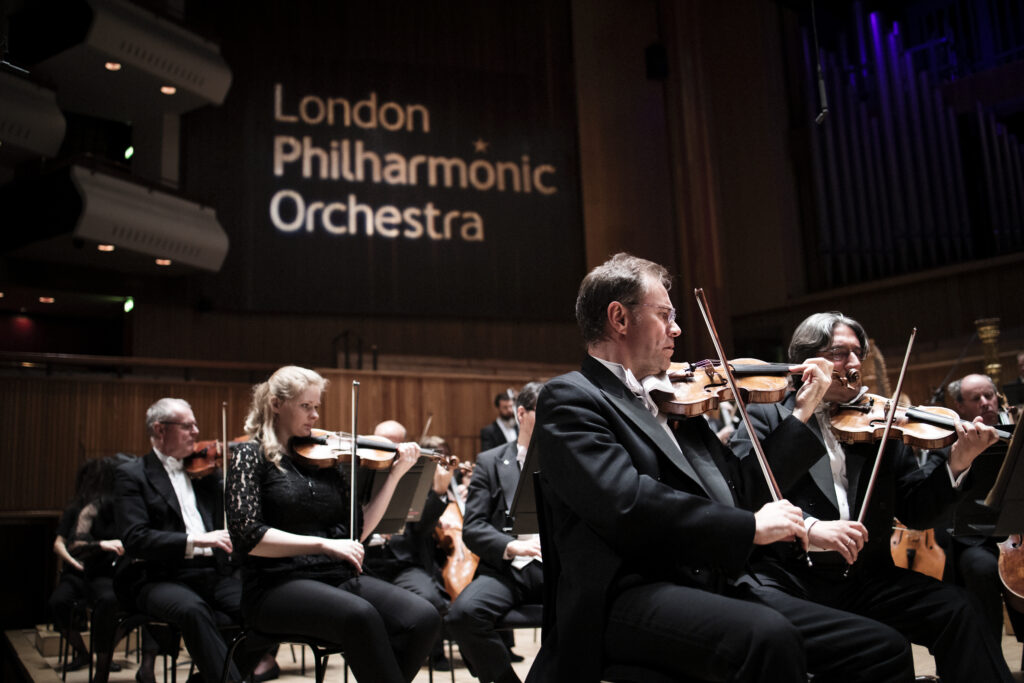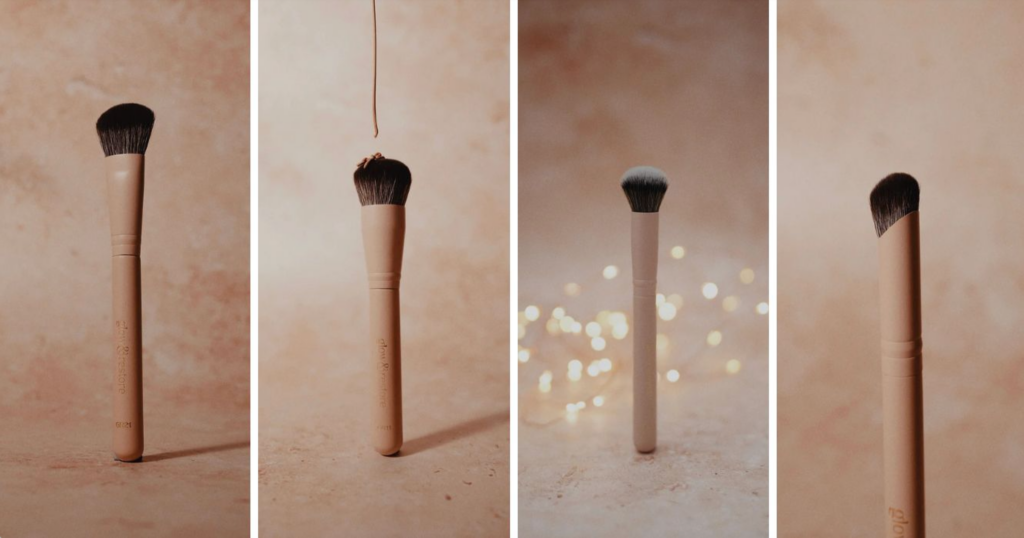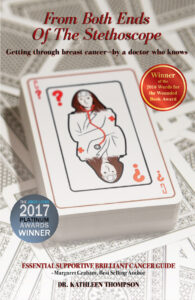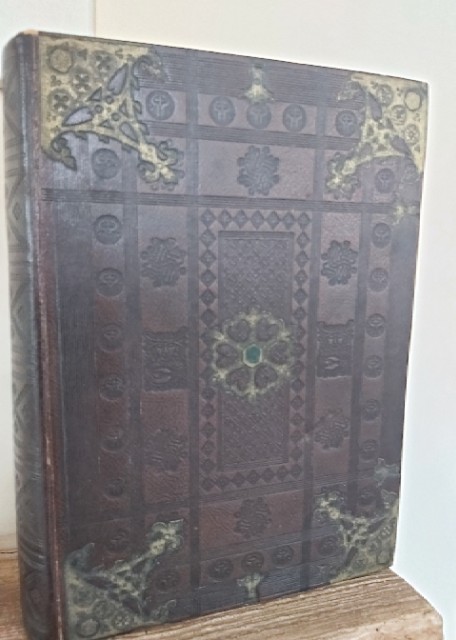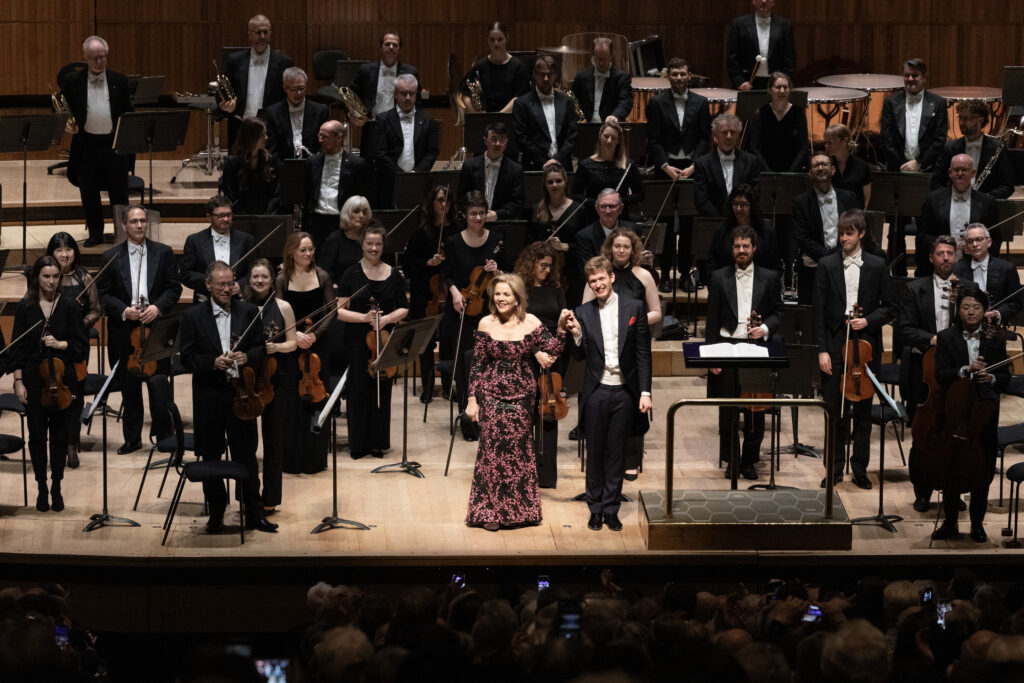
An ormolu and blue painted mantel clock, French, circa 1795.
UNESCO World Heritage Site and award-winning attraction, Blenheim Palace is celebrating the clocks going forward with an exclusive display of rare timepieces in Family Treasures, its forthcoming new visitor experience.
As we prepare to set our clocks forward on Sunday (30th March), Blenheim Palace is marking the occasion by unveiling two remarkable and unusual clocks that will be featured in Family Treasures, a unique new visitor route into the Private Apartments, extending the Palace by five additional rooms.
Visitors will journey through some of the grandest rooms to unlock never before seen treasures, and follow in the footsteps of dukes, duchesses and their illustrious guests. The new extended tour will offer a new route through the Duke’s Bar into the corridor, as well as the Family Dining Room, The Smoking Room and the Duchess’s Sitting Room. Guests will then enter the spectacular Grand Cabinet, the most opulent room in the Palace normally reserved for special family occasions. The tour will then continue through the Palace Drawing Rooms, a route walked by royalty and the most important guests to the Palace.
Not only is the Grand Cabinet a treasure trove, but it’s steeped in history as it was once used as a schoolroom during WWII by Lady Rosemary Spencer-Churchill, the daughter of the Duke of Marlborough and amongst the six Coronation Maids of Honour chosen to accompany Her Majesty the Queen at Westminster Abbey in 1953.
Family Treasures enhances the visitor experience by 20 minutes and features a host of priceless artefacts and collections including a special display of exquisite timepieces from different eras:
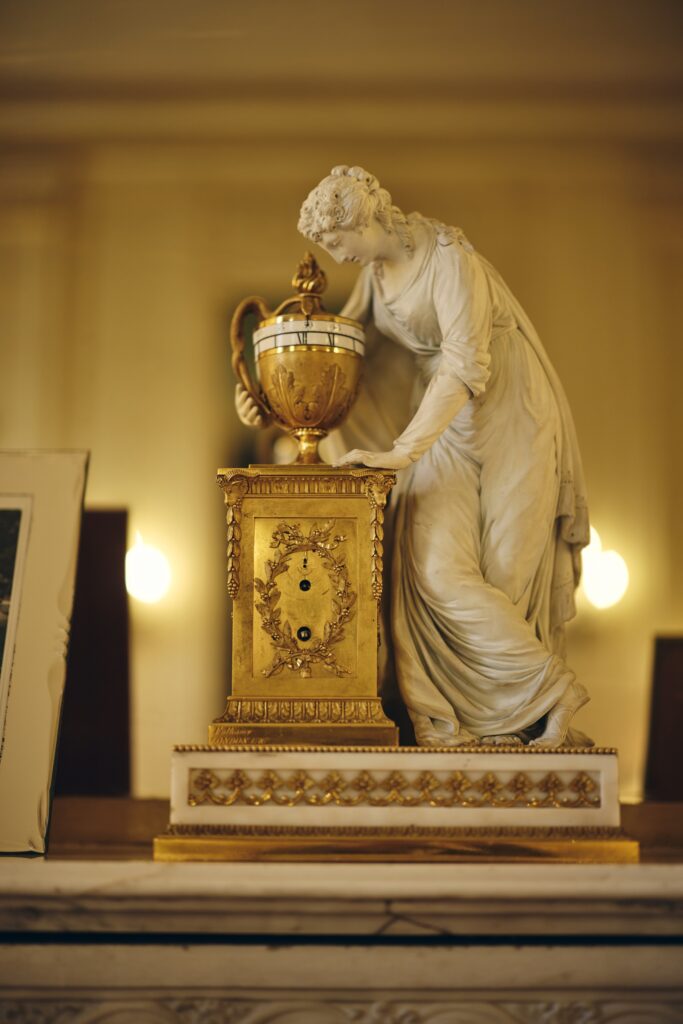
- In the Dining Room visitors will find a Chimney piece designed by Vanbrugh (above) and a rare skeleton timepiece. English, early 19th century, attributed to John Moxon
- Another masterpiece on the new tour can be found in the Grand Cabinet. An ormolu and blue painted mantel clock, French, circa 1795. The blue painted urn case surmounted by a spray of ormolu flowers flanked by leaf scroll handles and raised on a concave sided rectangular plinth applied with garlands of flowers.
Designed to showcase Britain’s Greatest Palace like never before, Family Treasures is one of three unique new visitor experiences at Blenheim Palace this year.
An all-new Roof Top View platform experience, providing visitors with never seen before breathtaking views over the Estate including the famous Column of Victory as well as the surrounding Oxfordshire countryside and The Life Below Stairs experience, which will give visitors the opportunity to see the original Palace kitchens.
These experiences are available alongside the launch of Blenheim Palace’s most ambitious restoration initiative to date, the historic roof project.
Blenheim Palace first opened its doors to the public 75 years ago to raise funds for essential roof conservation work to preserve the architecture and safeguard the heritage for generations to come. This pivotal £12M project is centred on restoring a significant section of the roof of Britain’s Greatest Palace, ensuring it remains resilient against the elements that threaten its historical integrity.
To experience the new Family Treasures extended tour, visitors must have a valid Blenheim Palace Annual Pass or day tickets.
For information on the new visitor experiences at Blenheim Palace and to book tickets, visit www.blenheimpalace.com/whats-on/events/new-for-2025
To find out more about the roof restoration project, visit www.blenheimpalace.com/restoration




